Ceros tetra - Moenkhausia ceros
Scientific name: Moenkhausia ceros
Common name: Ceros tetra
Family: Characidae
Usual size in fish tanks: 5 - 6 cm (1.97 - 2.36 inch)
014
Recommended pH range: 6.5 - 7.4
Recommended water hardness: 5 - 30°N (89.29 - 535.71ppm)
0°C 32°F30°C 86°F
Recommended temperature range: 23 - 28 °C (73.4 - 82.4°F)
The way how these fish reproduce: Spawning
Where the species comes from: South America
Temperament to its own species: peaceful
Temperament toward other fish species: peaceful
Usual place in the tank: Top levels
Short Description
The Ceros Tetra (Moenkhausia ceros) is a peaceful and vibrant freshwater fish originating from the rivers of South America. Known for its shimmering scales and active swimming behavior, this species thrives in community tanks with other non-aggressive fish. Ideal for beginners and experienced aquarists alike, Ceros Tetras require soft, acidic water and a well-planted environment to feel secure. Keeping them in groups of six or more encourages their natural schooling behavior and reduces stress.
Origin
Native to the waterways of Peru, Moenkhausia ceros inhabits slow-moving rivers and streams with dense vegetation and sandy substrates. These areas are rich in organic matter, which contributes to the slightly acidic water conditions they prefer. The biodiversity of Peru’s river systems makes them a hotspot for unique and colorful fish species like the Ceros Tetra.
Tank Requirements
A tank of at least 60 liters (15 gallons) is recommended for Ceros Tetras. Maintain water temperatures between 23-28°C (73.4-82.4°F), a pH range of 6.5-7.4, and water hardness of 5-30°N (89.29-535.71 ppm). Provide plenty of plants and hiding spots to create a sense of security for this shy species. Use a fine, sandy substrate and moderate lighting to mimic their natural habitat. Ensure good filtration and regular water changes to keep the water clean and stable.
Food and Feeding
Ceros Tetras are omnivorous and readily accept most foods. Use high-quality flakes or small pellets as their staple diet. To enhance their coloration, offer treats such as bloodworms, brine shrimp, or daphnia a few times a week. Feeding small portions twice daily ensures optimal health and activity levels.
Compatibility
As peaceful schooling fish, Ceros Tetras are well-suited for community tanks. They pair well with other small, non-aggressive species such as rasboras, Corydoras catfish, and dwarf gouramis. Avoid housing them with large or predatory fish that may intimidate or harm them. Keeping them in groups of at least six promotes natural behaviors and minimizes stress.
Sexing
Females are generally plumper than males, especially when carrying eggs. Males may display slightly brighter coloration during breeding periods.
Breeding
Breeding Ceros Tetras requires a separate tank with soft, acidic water. Provide fine-leaved plants or a spawning mop for the eggs. The fish scatter their eggs around the substrate, and it’s important to remove the parents after spawning to prevent them from eating the eggs. The eggs hatch within 24-48 hours, and the fry become free-swimming a few days later. Feed the fry newly hatched brine shrimp or infusoria for their initial meals.
Lifespan
With proper care, Moenkhausia ceros can live for 2-3 years. Stable water conditions, a varied diet, and a stress-free environment are essential to maximize their lifespan.
Pictures
Bought by aqua-fish.net from jjphoto.dk.
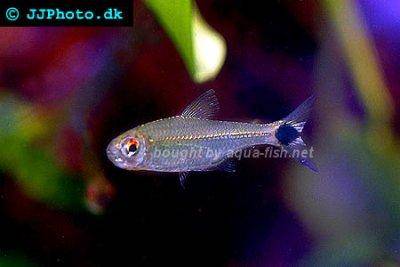



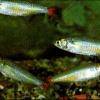 Bloodfin
Bloodfin 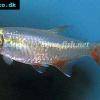 Bloodfin
Bloodfin 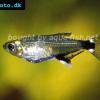 Panda
Panda 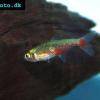 Green
Green 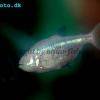 Blind
Blind 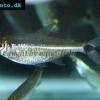 Kennedy
Kennedy 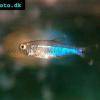 Blue
Blue 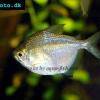 Discus
Discus 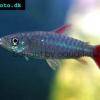 Pink
Pink 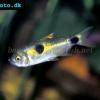 Bucktoothed
Bucktoothed 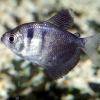 Black
Black 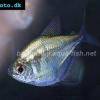 False
False 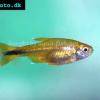 Silver
Silver  Hemigrammus
Hemigrammus 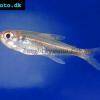 Dash-dot
Dash-dot 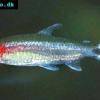 Rummy
Rummy 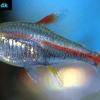 Glowlight
Glowlight 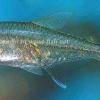 January
January 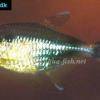 Head
Head 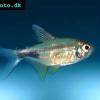 Garnet
Garnet 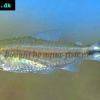 Rummy
Rummy 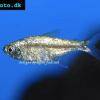 Gold
Gold 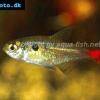 Red
Red 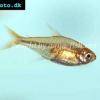 Ember
Ember 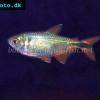 Buenos
Buenos 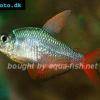 Colombian
Colombian 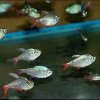 Ecuador
Ecuador 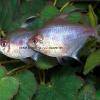 Bleeding
Bleeding 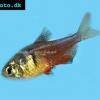 Flame
Flame 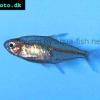 Georgett’s
Georgett’s 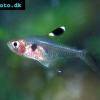 Griems
Griems 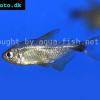 Kitty
Kitty 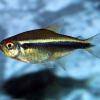 Black
Black 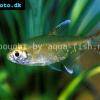 Firefin
Firefin 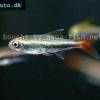 Loreto
Loreto 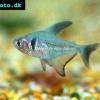 Black
Black 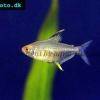 Lemon
Lemon 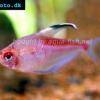 Redback
Redback 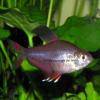 Rosy
Rosy 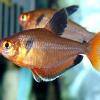 Serpae
Serpae 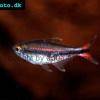 Savanna
Savanna 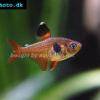 Red
Red  Blue
Blue 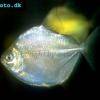 Silver
Silver 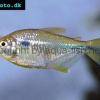 Napo
Napo 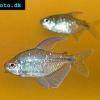 Diamond
Diamond 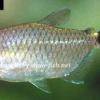 Red
Red 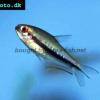 Rainbow
Rainbow 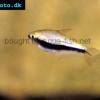 Emperor
Emperor 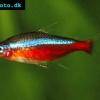 Cardinal
Cardinal 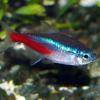 Neon
Neon 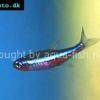 Green
Green 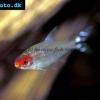 False
False 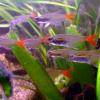 Glass
Glass 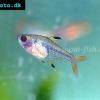 X-ray
X-ray 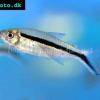 Penguin
Penguin